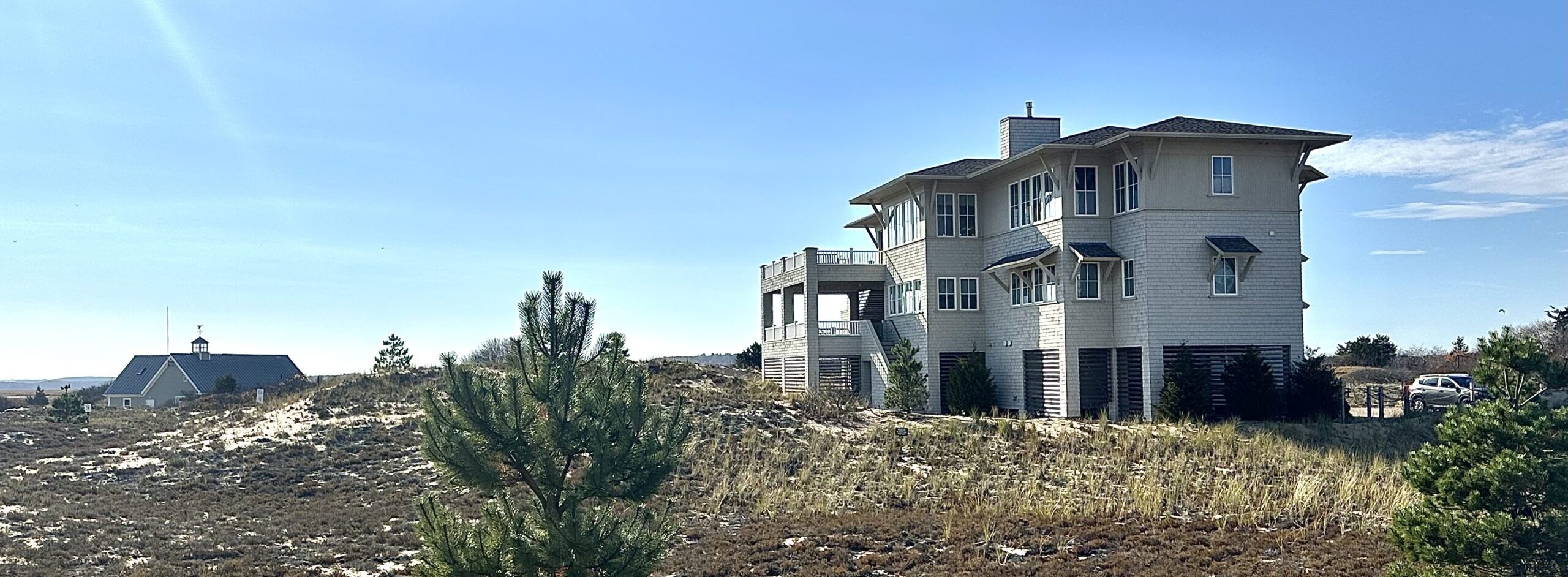35 years ago, a single-story cottage on Plum Island, sitting on a three-acre plot, cost $65,000. Five years later, after the addition of a second story, a garage, and a deck, it was worth $130,000. Makes sense, given the investment and equity in the form of those additions. That same home today, in 2024, looking its age on Bryn Mawr Way, is valued conservatively at $1.2 million.
What is going on?
Is it demand, the economy, or what? Numbers are flying around everywhere comparing the cost of living now to 40 years ago, highlighting the insane imbalance between income and the cost of a house, a car, heck, a dozen eggs. If you stopped a 33 year old in the street today and asked if he/she is thinking about buying a home, you’re likely to hear in reply, with wistful longing, “yeah, I’m just waiting for the market to crash.”
Young urban professionals were the primary consumers in the ’80s and ’90s. They usually sported some college education which secured them a decent entry level job, which in turn secured a modest home and the means to support it. Today, your average 30 year old is living with their parents again, defeated by the cost of living — particularly in the Greater Newburyport area.
Dire as the housing market may look right now, it still somehow chugs along, perhaps driven by the seemingly never-ending stream of cash buyers willing to pay above asking price. Who are these mysteriously affluent people, and from what reservoir do they spring? Whoever they might be, Newburyport seems to be a hotspot on a map that reads in warm tones, and its retinue of charming old homes is being consolidated at an alarming rate. The quaint, character-rich homes that occupied Andre Dubus’ literary recollections of old Newburyport are being felled by rapacious developer axes at an alarming rate — gutted, stripped, clad in PVC imitation wood, and spit back onto the market as a condo association. The old cottages and cape-style homes, barely more than glorified trailers, now replaced by pre-fab McMansions swallowing up the little plots of land they sat on, and what little yard is left can only be used for a bed of tulips, or two deck chairs crowded around an iron fire pit.
Is Newburyport in danger? Is it being gobbled up on the allure of that old charm, yet being citified one new occupant at a time? Will we wake up one morning soon to see that all the old wood clapboards, single-story homes, and imperfect yards with ocean views have vanished, and that the local traffic is so bad you actually have to factor it into your daily commute?
More importantly, does it matter? Have all the locals been evicted by gentrification, leaving the average young professionals — who might have appreciated what was already there — to watch the millionaires take residence through their parents’ basement windows? It may just be the next inevitable phase of our community’s centuries-running transformation.
Idealistically, change is possible. All we need (in a casual, low-key, no big deal kind of a way) is for all the townies who bought their homes in 1978 for $30,000 to resist the temptation to sell them for $800,000 to the developer who would demolish and replace them with multimillion-dollar monstrosities. Then, we would need all the people who can afford to buy a house in cash, above asking price, to say, “At this price? are you kidding me?” and stonewall until the seller drops the price by 30%. Both of these acts of selfless bravery might fall under the category of “conscientious consumerism,” which has been applied as pressure to governments and institutions throughout history to force positive change. Essentially, all we need a minor revolution to bring Newburyport back to the everyman. Is that asking so much?
Peter Neverette
Rowley resident
Passionate about a local issue? We want to hear from you. Check out our submission guidelines.
Subscribe to our Newsletter




Leave a Reply to Mike Seagoat Cancel reply